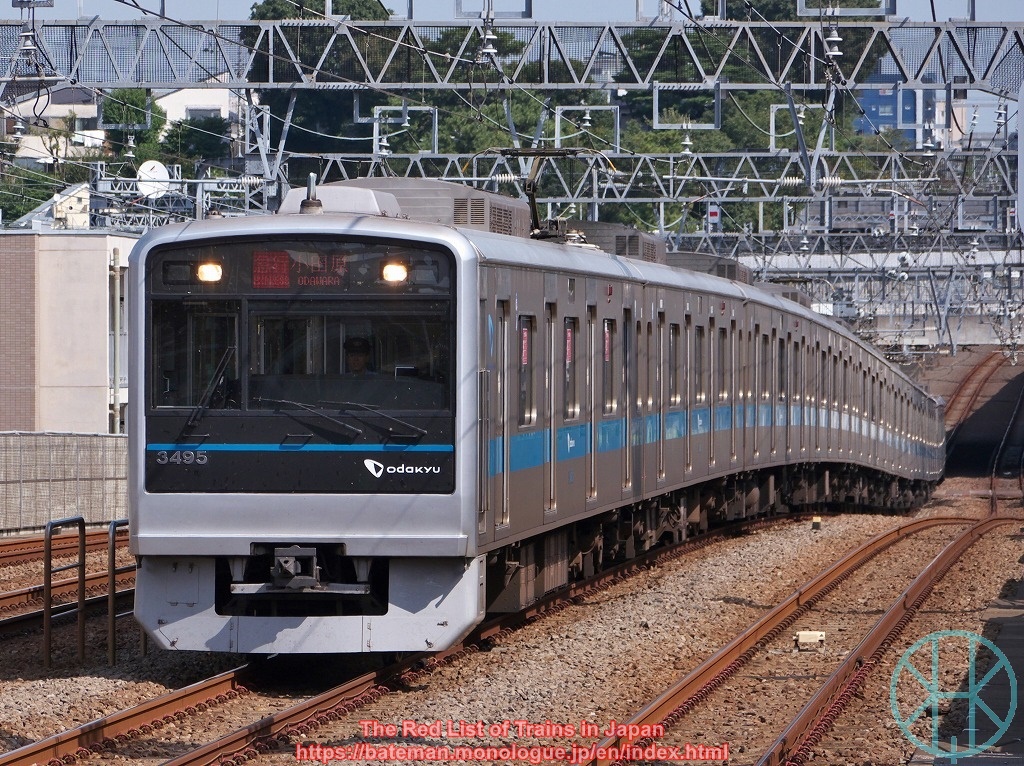On 14th October 1872, the very first railway in Japan opened between Shimbashi and Yokohama, which are now called Shiodome and Sakuragicho, respectively. The railway was supposed to open three days before that, which was 9th September in the lunar calendar, but it was postponed due to a storm. In fact, the line had been in use since 12th June but it was a provisional service, so 14th October is officially set as the birthday of the railway in Japan.
There are several memorials and heritage of the very first railway even today, and this article shows some notable examples that can be found in Tokyo and surrounding prefectures.
Japanese railways in the early days were dependent on the British Empire. One of the most influential person was Edmund Morel (1840-71), a young civil engineer. After graduating King's College London, he engaged in railway construction in the British colonies including Australia, New Zealand and North Borneo. He came to Japan in 1870 with his wife, and he arranged the plan that contributed to saving money (especially foreign reserves) and encouraging domestic industrialisation. He died of tuberculosis at the age of 30, a year before the railway was opened. His grave is located in the Foreigners' Cemetery in Yokohama, and it is designated as a National Railway Memorial.

This is a monument near Sakuragicho station, which was called Yokohama station at that time. Sakuragicho station is about a mile away from the current Yokohama station, but Sakuragicho is actually closer to the port and thus the then city centre. The monument is about a three-minute-walk from Sakuragicho station, but it is not necessarily easy to figure out.
The monument is nearly triangular-prism-shaped, and each side has an illustration of the then-Yokohama station, the first timetable and inscription, respectively.
The English inscription reads:
"The first railway in Japan was opened to traffic here May 7, 1872 (lunar calendar). It operated between the Yokohama Station located on this spot and the Shinagawa Station in Tokyo. The far-sighted endeavour of the men who developed this railway typified the spirit of their times. May their tradition continue to inspire future generations."
As noted above, the first railway was imported from the United Kingdom, and probably that is why the inscription is based on British English, while most English documents in Japan are American one.
Neither station buildings remain today. The original buildings of both stations were destroyed by the Great Kanto Earthquake in 1923, but JR East reconstructed the Shimbashi station building in 2003, and it is now a small museum called Former Shimbashi Station. The building itself is less than 20 years old, but its design is based on what was used to be. The ruins of platform can be observed in the museum, though no photograph is allowed inside the building.
There is also a small monument behind the museum, consisted of a platform and tracks. They are obviously not original ones, but they tell us that the very first train departed towards Yokohama exactly at this position. The museum is less than a ten-minute walk from Shimbashi station of today.
The very first locomotive in Japan still exists. It was built in 1871 by Vulcan Foundry, a company in Merseyside (defunct in 1962). The locomotive was initially called "the first locomotive" and renumbered to Class 150 in 1909. The locomotive was used on the line for eight years, then reallocated to Kobe, Nagoya and later Osaka. It was resold in 1911 to Shimabara Railway in Nagasaki Prefecture, where the loco was operational until 1930.
The locomotive had been preserved at Transport Museum in Tokyo since 1936. It was designated as a National Railway Memorial in 1958 and as an Important Cultural Property in 1997. It has been preserved at Railway Museum in Saitama since 2007, and now exhibited near the entrance.
Furthermore, there is another locomotive at a shopping centre CIAL Sakuragicho. This one was built in 1871 by Yorkshire Engine Company (defunct in 1965), and initially called "the tenth locomotive", which was renumbered to Class 110 in 1909. However, Frederick Collier Christy (a locomotive superintendent) soon reported it to Richard Vicars Boyle (an engineer-in-chief) that the No.10 loco was poorly constructed and thus very unreliable. The locomotive was used between Shimbashi and Yokohama for the first eight years, and transferred to Kobe with the No. 1 locomotive, then reallocated to various places including Hokkaido, Nagoya and Toyama. The loco was withdrawn in 1924.
This locomotive had been preserved at Omiya Maintenance Depot until 1962, and moved to Ome Railway Park in the west of Tokyo. As its condition deteriorated, JR East dramatically repaired and restored it to the original style, and installed at its original workplace in 2020.
The above-mentioned memorials are mostly easy to access for tourists. Those visiting Tokyo and Yokohama might be so busy to look around the cities that they have no time to see railway heritage, but they are worth visiting if you like Japanese railways. Most places are open every day and free of charge, but the Railway Museum in Saitama is obviously not. The Foreigners' Cemetery in Yokohama is open on certain Saturdays, Sundays and holidays only, so it is advised to check the calendar online in advance.






















